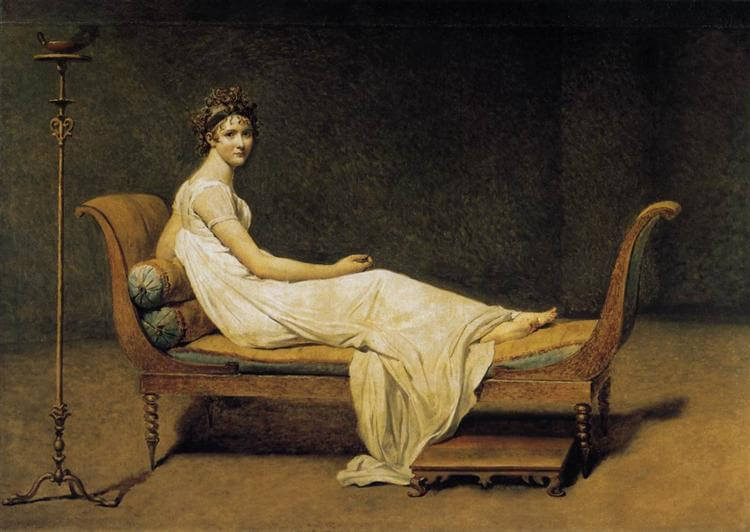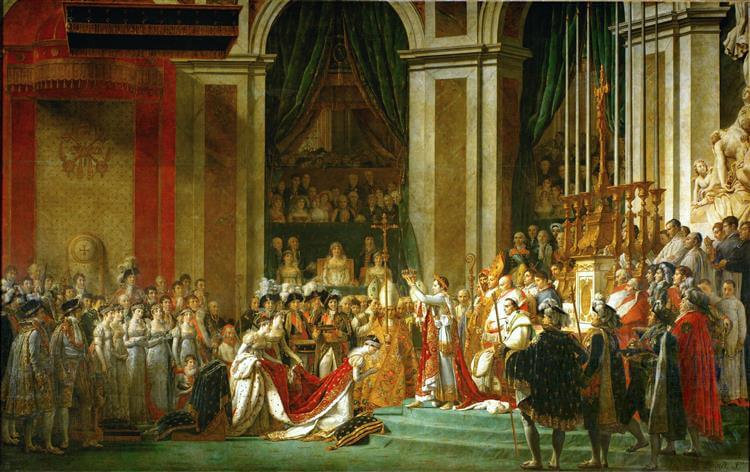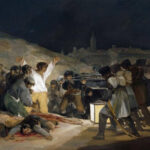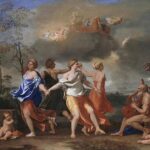Introduction to Neoclassicism: Revival of Classical Values
Neoclassicism was an art movement that emerged in the 18th century and originated in Rome. The term Neoclassicism means new classicism’ or a revival of classical values. The term was used as a style sign and was applied to the aspects of the arts of the later 18th and early 19th centuries. Neoclassicism arts is known as an aesthetic attitude which was based on the art of Greece and Rome in the classical period which might appeal to the harmony, clarity, restraint, universality, and idealism in the art. The Father of this art movement was Jacques-Louis David because his artwork Oath of the Horatti symbolized a new direction in neoclassicism art which led him to become the father of this art movement.
Key Inspirations: Ancient Rome and Greece in Neoclassical Art
The main aim of this magnificent art movement was to show the ideal human forms which were against the idea of the less than the perfect shape of the real human beings. The inspiration of this art movement was ancient Rome and Greece and the usage of many techniques and art styles with the purpose of the 18th century. Neoclassicism artists wanted to represent the Roman themes but some styles were fewer the artists used less Roman artistic styles in their artwork. This art movement was important because in this the artist merged elements from various times, civilizations, and art forms to make a new design based on both the past and contemporary inspirations.
Neoclassicism’s Reaction Against Baroque Art
The neoclassicism art movement was a response to the surplus of the Baroque movement. The movement emphasized the balance of proportions, symmetry, and artificial light. It depended on the ideals of rationalism and morality. It was also a reply to the growing disappointment with the baroque style. The neoclassicism art movement represented the ideas of simplicity, reason, order, virtue, and civilized society. Their subject matter usually contains the contemporary matter of that period.
Characteristics of Neoclassical Art: Simplicity, Symmetry, and Clarity
The key characteristics of this magnificent art movement are the clarity of form, plain colors, simplistic space, strong horizontal and verticals that furnish that subject matter more permanent (instead of temporary as was represented by Baroque artworks), and classical subject matter (or classicizing contemporary subject matter). The artist focused on the symmetry in their artwork, the artist unemotionally represented their artwork. The simplicity was presented in the forms, colors, and lines. There was a balance of straight lines and geometrical shapes and forms. And the non-fantastical view of the surrounding world and events.
Pioneers of Neoclassicism: Ingres, David, and Mengs
The pioneer of this art movement was Jean-Auguste-Dominique Ingres who was a French neoclassical artist he was one the most important figures of this movement with his famous artwork Grande Odalisque. Another artist of this art movement is Jacques-Louis Davidhe one the most influential artists of Western art his famous work is Oath of the Horatti. Anton Raphael Mengs was a German artist he was the artist who replaced the Rococo art style his famous painting is Judgement of Paris.

Conclusion
- Neoclassicism was an art movement that emerged in the 18th century and originated in Rome.
- The main aim of this magnificent art movement was to show the ideal human forms which were against the idea of the less than the ideal shape.
- The neoclassicism art movement represented the ideas of simplicity, reason, order, virtue, and civilized society.
- The simplicity was presented in the forms, colors, and lines.







